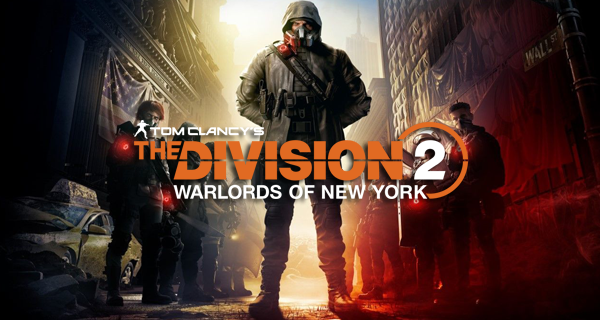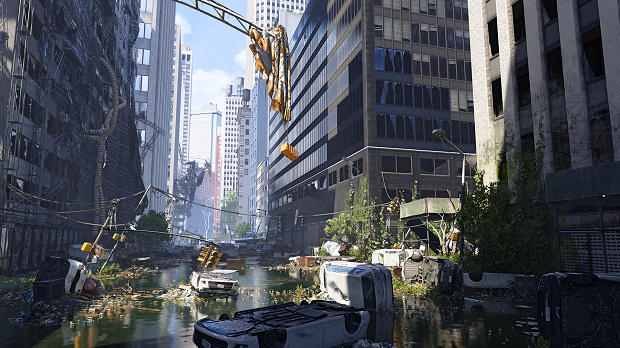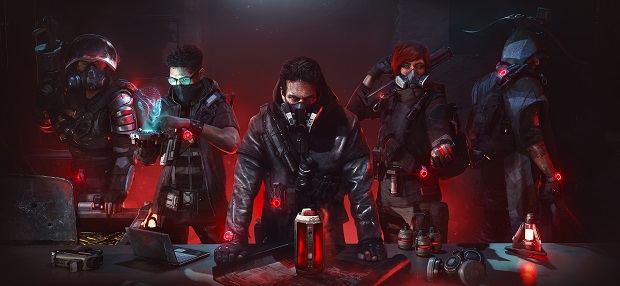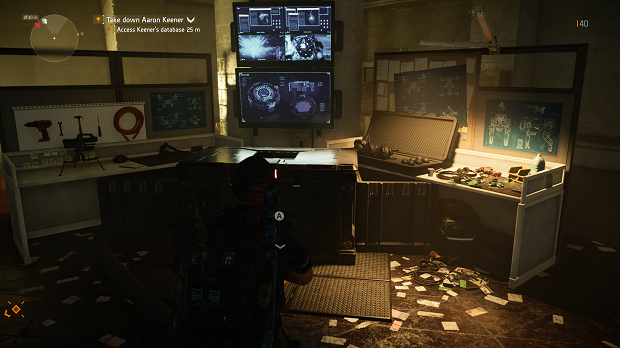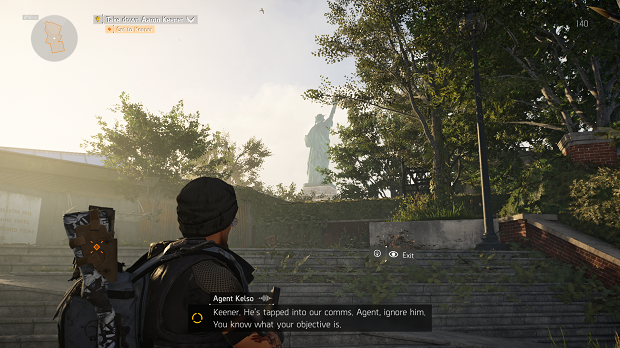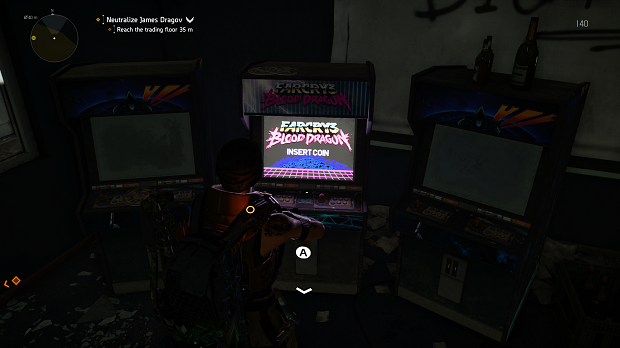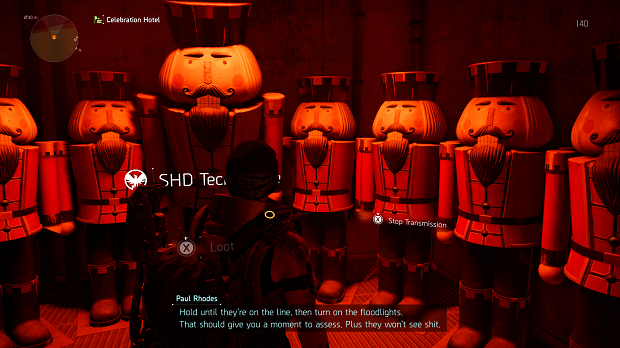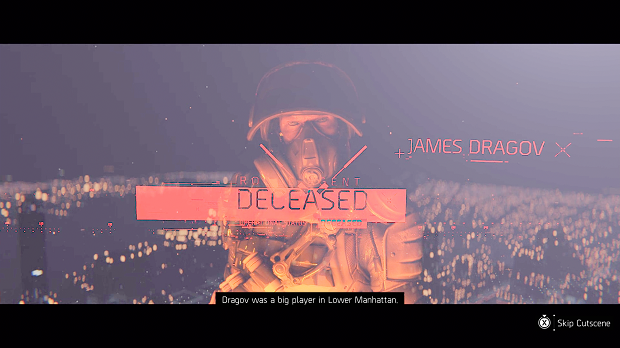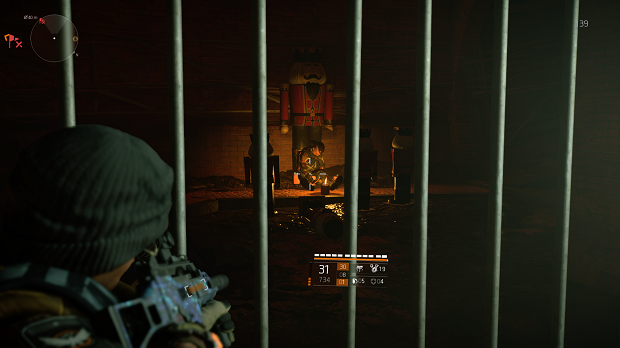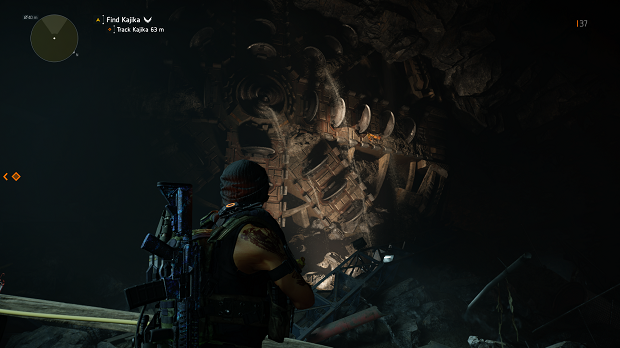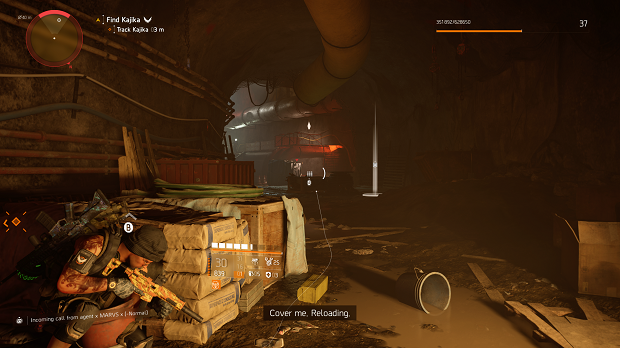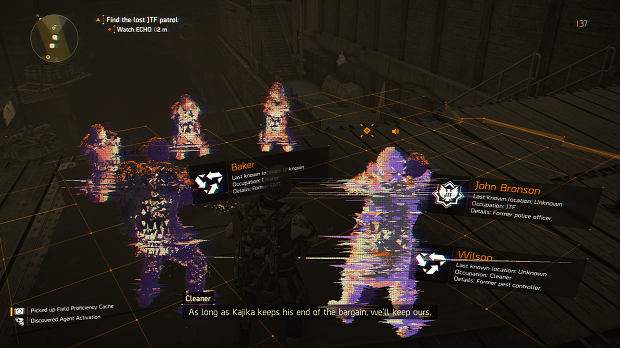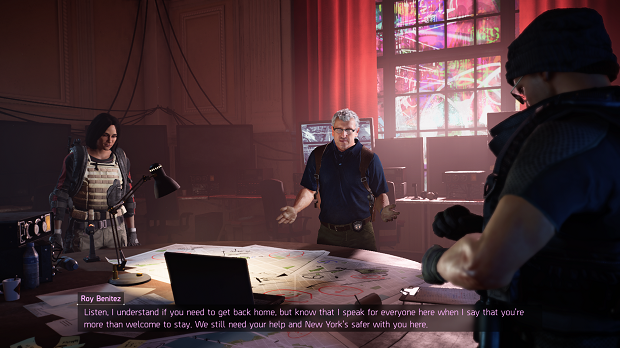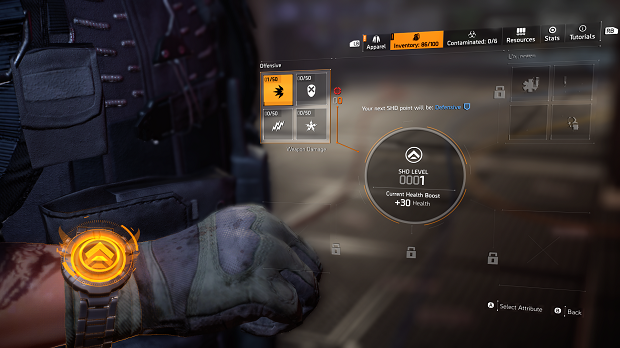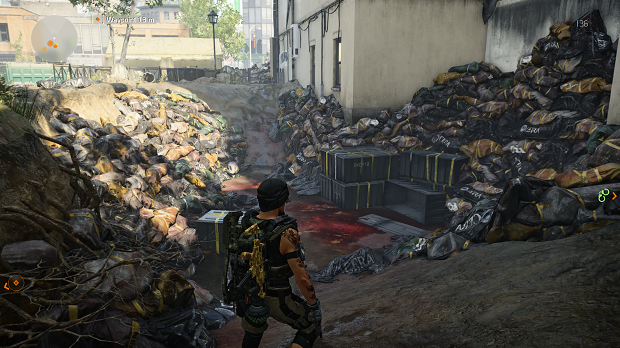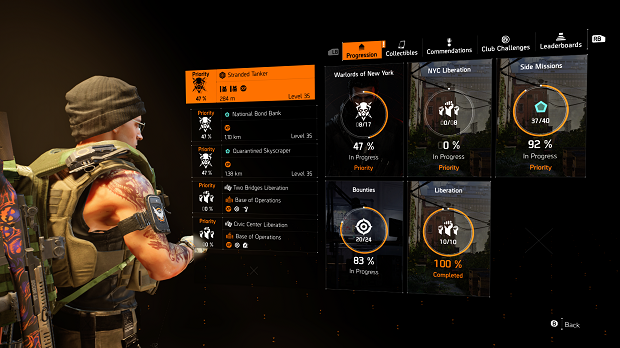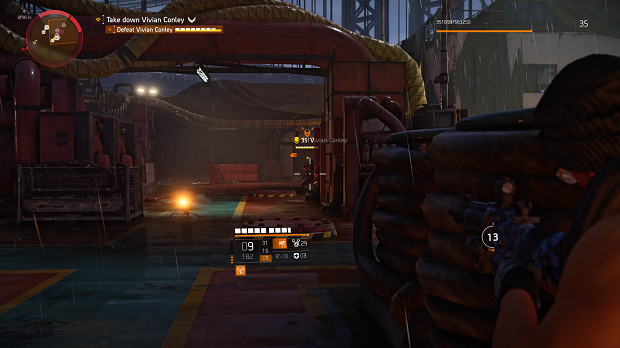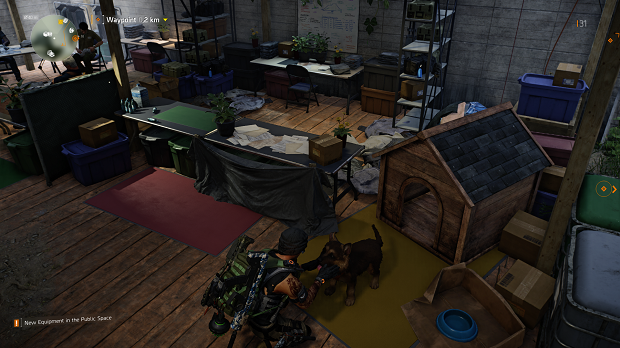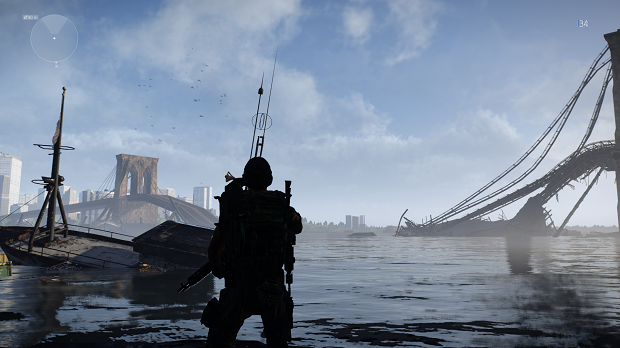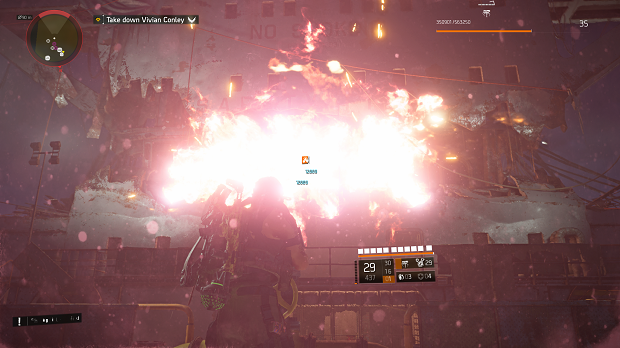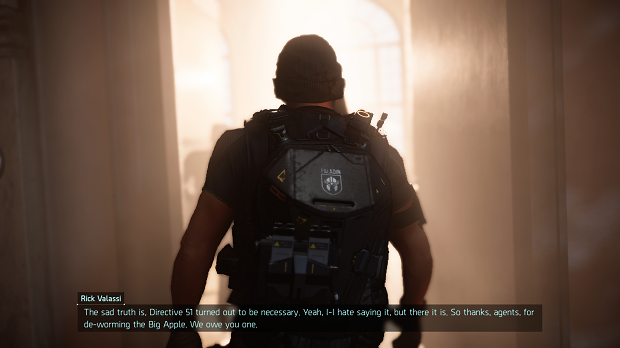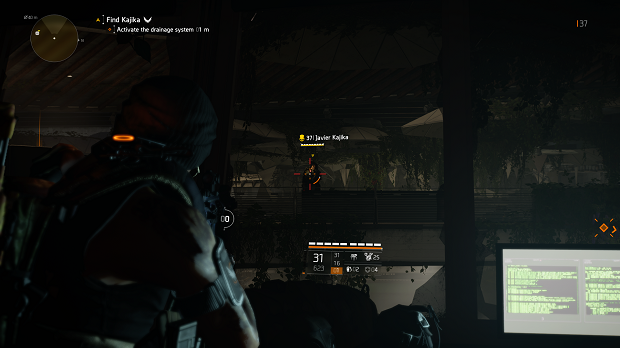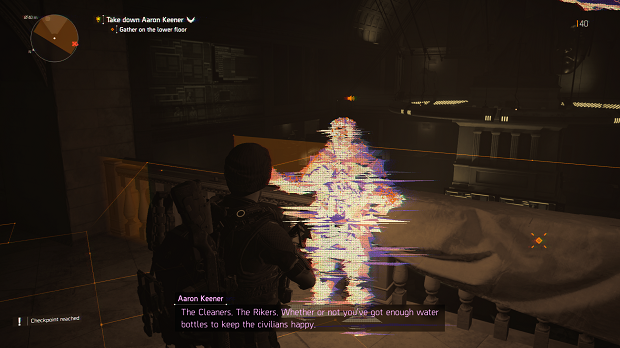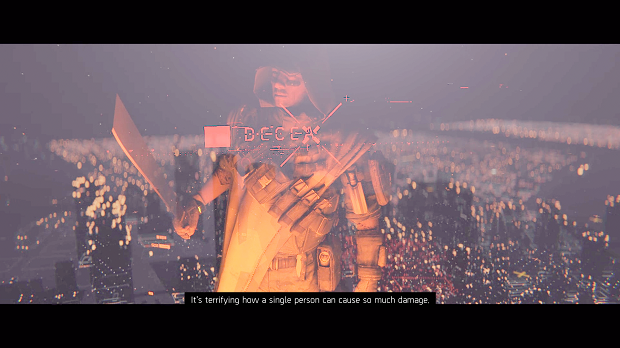Division 2: Warlords of New York Review
Summary: A long awaited conclusion to the Keener saga, some welcome quality of life improvements, the game feels more complete than ever.
4
Thrilling Conclusion?
Tom Clancy’s Division 2: Warlords of New York, takes place in Manhattan 6 months after disappearing from the grid after the events of the first Division. With the help of notes taken from Dr Amherst research on Green Poison and Vitaly Tchernenko. A russian virologist, kidnapped from the first title, Keener has manufactured his own bioweapons. Using them he lays waste to the occupants of the Division’s City Hall base of operations.
Following this, he usurps control of lower Manhattan and installing four, formidable former first wave Division agents as warlords over the different sectors. Division agents from Washington DC are called in for backup along with Alani Kelso. Together they must work with acting Division Commander Faye Lau and former Division ally Paul Rhodes to bring Keener to justice.
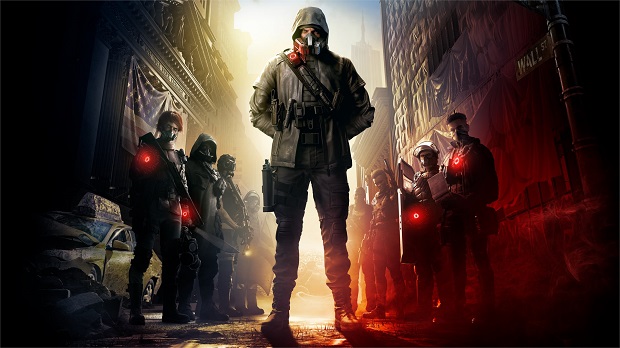
The expansion does exactly what should’ve been down in subsequent expansions to the first Division. Take Keener down. I remember completing the main storyline of Division 1 and feeling like the game was half finished. Sure all the mechanics where there, but a core part of what I play games for. The story, felt unfinished. Obviously a brilliant financial strategy as I’m sure many players were hoping expansions would complete the unfinished business. But finally, we have our end to the Keener saga.
With your arrival in Manhattan, you are unable to locate Keener at first. Tasked with dealing with his lieutenants before completing a few side-missions and reaching Lv40 in order to breach his stronghold. Each lieutenant has different strengths and weaknesses. Making each encounter slightly different but all equally challenging when playing solo. I had attempted to matchmake but was unsuccessful.
The encounters just that little bit harder because of my faulty controller, meaning I couldn’t heal without using Division abilities. An example of such encounters, Theo Parnell, who in his fight, creates holograms of himself and other combatants on the field. By making you waste time determining the right targets it creates a tricky fight.
The culmination of the arc, is a final confrontation with Keener, who is also being targeted by Black Tusk. The mercenary force from the endgame of the main story of Division 2. After Keener hacks into Black Tusk assets and takes most of their elite forces down. Their commander orders a retreat. The player is left to finally take Keener down and the player does so. However in true cliff hanger fashion, another target emerges and the main portion of the expansion ends. For spoiler reasons I won’t say who, but I’ll imagine it’ll be one hell of a surprise. It was for me. After this, in true Division endgame fashion a new squad of Rogue Agents surface and you’re tasked with their elimination
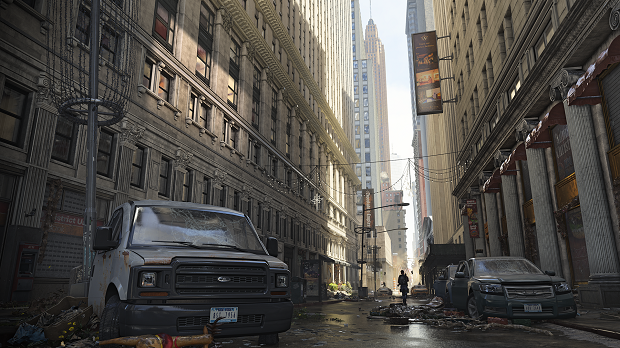
The gameplay in Warlords of New York is much the same. However there are a number of quality of life improvements made. Gear no longer follows the World Tier and Gear Score method. Instead you’ve now got SHD levels. These improve base stats directly like HP and have unique pathways to invest points into. Maximum level has been increased to 40. Four new skills have been added; Explosive and Incendiary Stick Bombs, Trip-wire Trap and Decoy. Skill timers have been shortened drastically and now work on a tier system instead of perks included in equipment. This allows more balance in how strong you want to be as a player and how much you want to sacrifice by putting into your gadgets.
Perks have been reworked also, they’re now simpler and focus much more on three distinct modes of play; direct offence, defence or skill power (in tiers). Offence focuses on, weapon damage, headshot damage, critical damage and critical chance. Defence correlates to, health, armor, regeneration and status resistance. Skill tiers and skill focused perks relate to skill damage, repair, health and haste.
It’s a lot less confusing than base Division 2, meaning it’s easier to put points into how you play. Are you more of a defensive player? Choose your equipment to suit armor and health, are you a runner and gunner? Strap on some weapon damage and critical chance, do you like to sit back relax and let skills do the work for you? Add some skill tiers and some skill haste to cut the cooldown timers. I like to use the turret and healing hive skills, but also like to attack both offensively and defensively, so I went for an all-rounder build.
One thing I really noticed was the ability to use the healing hive skill midway through it’s cooldown. The skill itself holds a set number of healing charges, once depleted or should it’s timer run out, it begins recharging, one charge at a time. Should you be in desperate need of healing, you can activate it at any point and use the accrued charges. You can also pick it up to end it early and continue charging from whatever number of charges you still have remaining. This is a welcome change and adds a great deal of flexibility to combat that was lacking in early Division 2. Brand bonuses and Talents also work very differently, with talents only appearing on chest, backpack gear and weapons.
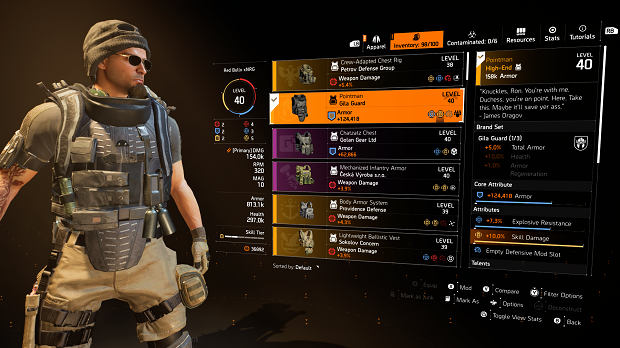
Mods are much more straight forward now too, providing very specific attribute based boosts much like gear itself. They’re also limited to one per gear; mask, chest and backpack. Generic mods have been removed. Skill mods now have no requirement to equip now too. Loot rules have changed, there’s less loot drops on average, but the gear contained within scales much better to your level and chosen difficulty.
This change makes gear earned feel much more valuable and meaningful. Less loot frequency, but higher quality. You can scale the loot drops even higher by tackling harder challenges
The World Tier of old has now given way to a more traditional difficulty setting. Normal offers the least challenge but is great for new or casual players. Hard, more challenging and rewarding but still well balanced enough for casual players looking for a little more challenge. Challenging, is pretty self explanatory, it’s basically very hard mode in other games, designed to push the player hard, but in a way that still feels doable. Heroic, well, I’ve never played on this difficulty solo.
It’s the most rewarding difficulty mode, offering the best gear and mods, but punishing weaker players who come in unprepared. It has has no respawn, so back to the nearest safe house if you die. If you’re up for the challenge, make sure you prepare well.
Beyond this you can add modifiers in the way of Directives to increase difficulty in each tier. Things like disabling the mini map so that you can’t see where enemies are coming from, ammo modifiers meaning enemies don’t drop ammo, ammunition caches are not marked on the mini map and ammo contained in magazines are lost on reload. These add challenges to even the lowest difficulty, so if you’re not sure if you can handle the next difficulty tier, just add some modifiers to challenge yourself in a lighter way.
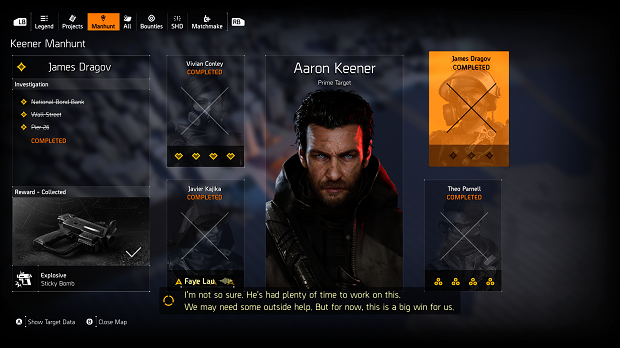
Crafting is different now too. Pre expansion and if you choose to remain in Washington DC at Lv30, crafting bench upgrades only with the correct number of resources. Without these upgrades you’re unable to craft the highest tier of weapons. Post expansion, the crafting bench automatically scales with your level, making it easier to gain access to the higher quality weapons. Crafted exotics are no longer automatically at maximum power and instead roll at a higher range than that of the benches default range.
NPC‘s received both buffs and debuffs this time around too. Players now receive off screen warnings for incoming grenades, elites now have better adapted to targeting player skills. Signature weapons deal less damage to named enemies but now receive additional ammunition on pickup. There are two new Warhound variants, grenadier, which is especially annoying and minigun which is less annoying.
EMP’s emitted from Black Tusk warhounds on death now have less area of effect. Black Tusk operatives now have a support unit that deploys a healing field. These guys can be especially challenging in large groups as many of them will remain within the healing field, making it harder and more distracting to deal with these foes whilst tougher enemies circle around you for flanking damage. Enemies also receive base stat buffs depending on how many players are in the party.
Infinite Progression; Once at level 40 and complete Warlords of New York, you will gain access to Keener’s watch and with it, the SHD levels mentioned above. This system essentially replaces the Weapon Cache you’d earn after reaching level 40 but is earned the same way. Once unlocked you essentially posses infinite progression. SHD levels accompany overall player level, as you level you gain SHD levels, you regularly receive points to improve selected stats and bonuses of your agent.
I’m essentially at SHD Lv1 but as you progress you unlock points to place in offensive, defensive, utility, miscellaneous and scavenging pathways. These include but are not limited to base stat increases like; base weapon damage, criticals, armor and health. The infinite, in infinite progress refers to the scavenging discipline, allowing you to grab a stock of resources for crafting and the like whenever you commit a point to it. Otherwise, each discipline is capped at 50 points each for a total of 200 SHD levels before being fully spent across all disciplines except for the infinite scavenger.
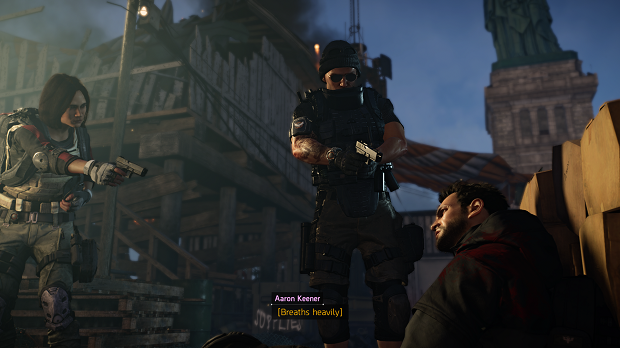
All that said, on the surface not a lot has changed. It’s not a game breaking expansion, the game was already well equipped and in good working order before this update and expansion. But if you look deep enough, delve into the new weekly rotational Seasons. Try your hand in the illustrious Dark Zone, or try your hand at the new Directives, you’ll notice a nice change. The game has definitely taken steps to better the single player experiences, better rewards, more scaleability and more incentive to entice players looking to return.
However I’m not sure the content is worth its relatively steep prices. With prices at $62.95AUD for PS4 and a slightly more affordable $44.95AUD for Xbox owners, it’s a bit of a steep ask. For veteran players I’m sure it’s not even an issue, but for new, returning or casual players it might be a tall ask. Without the review copy, I might not have taken the leap to jump into what is essentially a great quality of life improvement on an already pretty strong base experience. My advice would be to wait for a sale to come around, it’s definitely worth your time, but maybe not quite your money.
*All Gameplay footage used is my own*
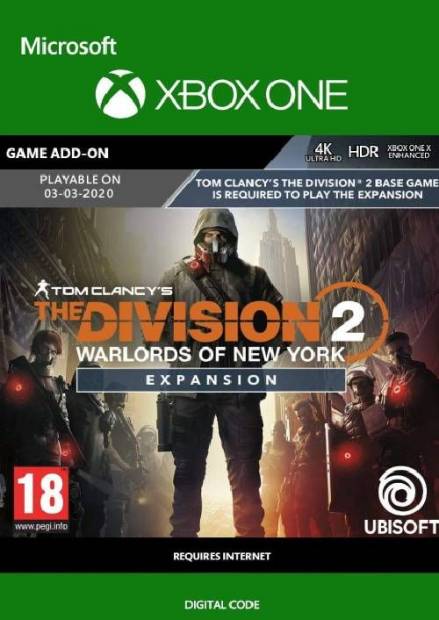
Game Details
Game Genre – Action/RPG, Third Person “Looter” Shooter
Label – Ubisoft, Massve Entertainment
Rating – MA15+
Year of Release – 2020
Engine– Snowdrop
Platforms – PS4, Xbox One, PC
Mode(s) of Play – Single, Online Co-op, PvP


